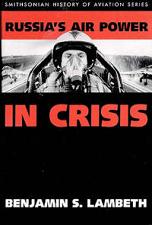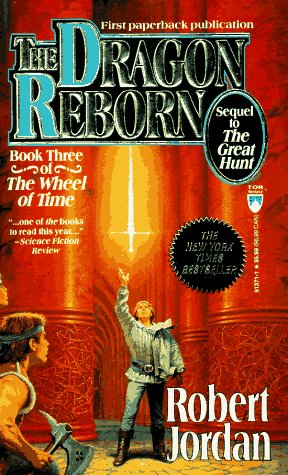
Halting State
Charlie Stross
351 pages
published in 2007
It’s ten years from now, Scotland is independent and uses a proper currency, the euro, there’s a new internet boom, phones have eaten the personal computer just like they’ve eaten digital cameras and mp3 players for most uses, security is everywhere, and various forms of massive online and alternate reality games are mass pastimes made possible by the ubiquitous overlay of offline reality by online reality in ways only hinted at by Google Earth today. Twenty years ago the internet was still a playtoy for academics and Cold Warriors, ten years ago everybody knew about it but still thought of it as an addon, today it’s an essential tool for most white collar jobs and in 2017 it’s literally everywhere to the point that getting lost in a strange city is no longer an option. In short, online and offline reality are intermixed to such an extent that a bank robbery in an mmorpg can have very real offline consequences.
Which is where Halting State starts, with sergeant Sue Smith of the Edinburgh police force being assigned a confused case which may or may not be a robbery, which after some further confusion turns out to have been a bank robbery in an online game, with which the local police force should never have become involved. It’s a hacking incident, with the nasty overtones of an insider trading financial scam, as Hayek, the company running the bank, has just had its IPO and its shares will tank once the news leaks out. For Sue, this means she’s up to her neck into something that’s not just above her, but which also has the potential to go political, quick. Not what you need to keep your scores up and your bosses happy.



